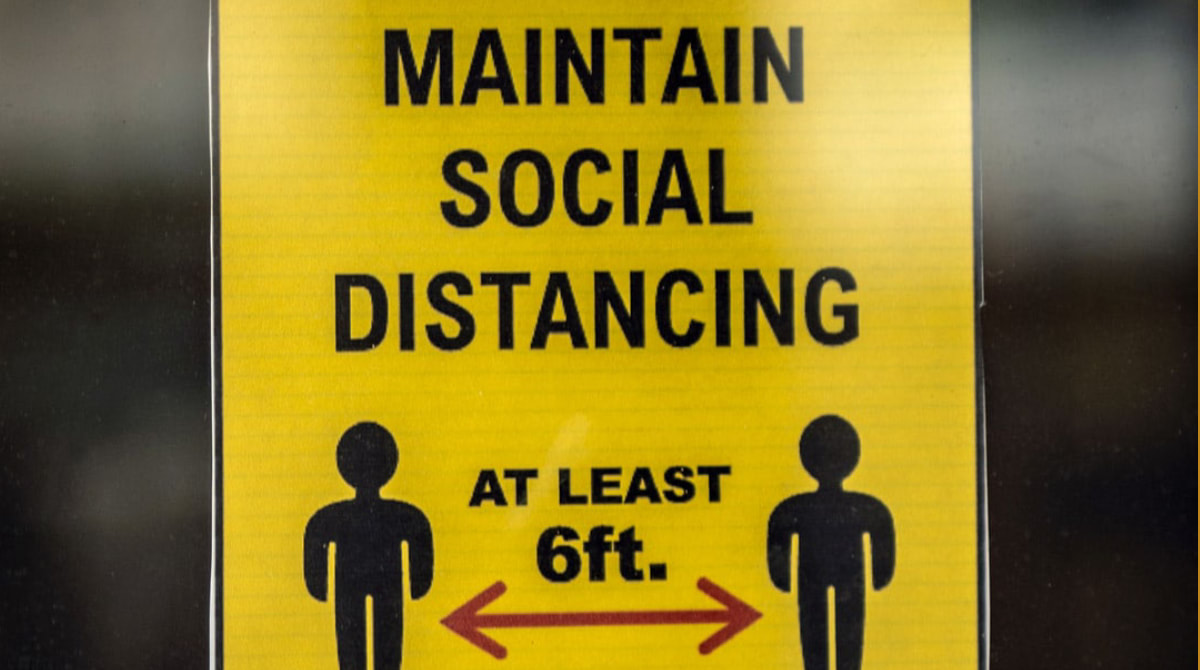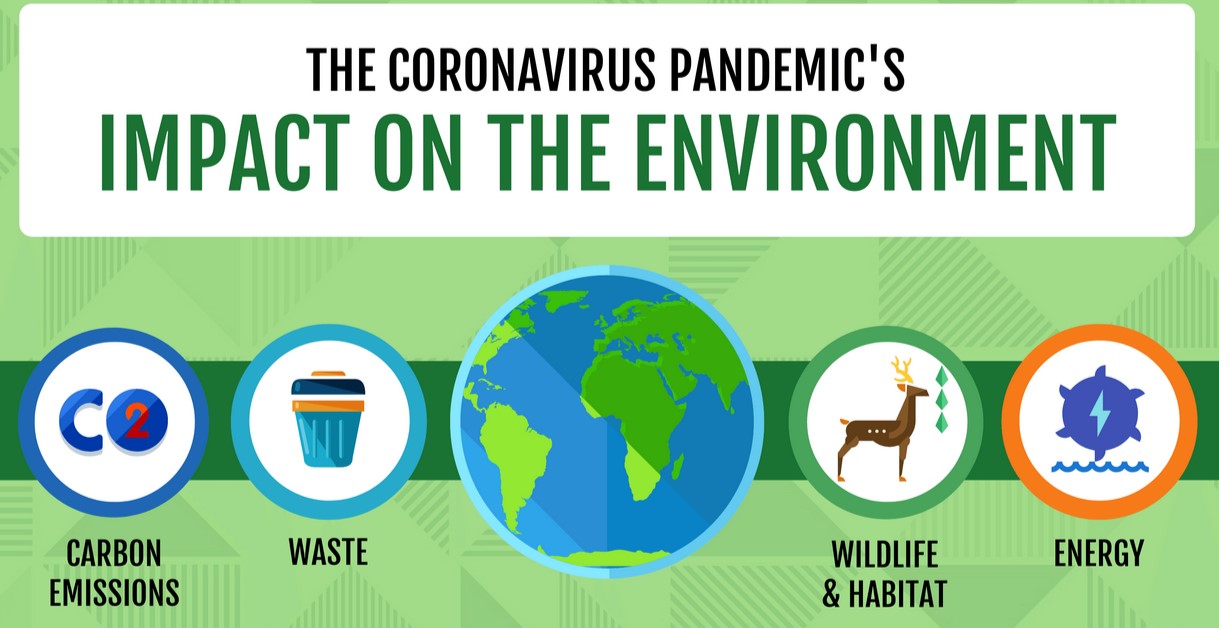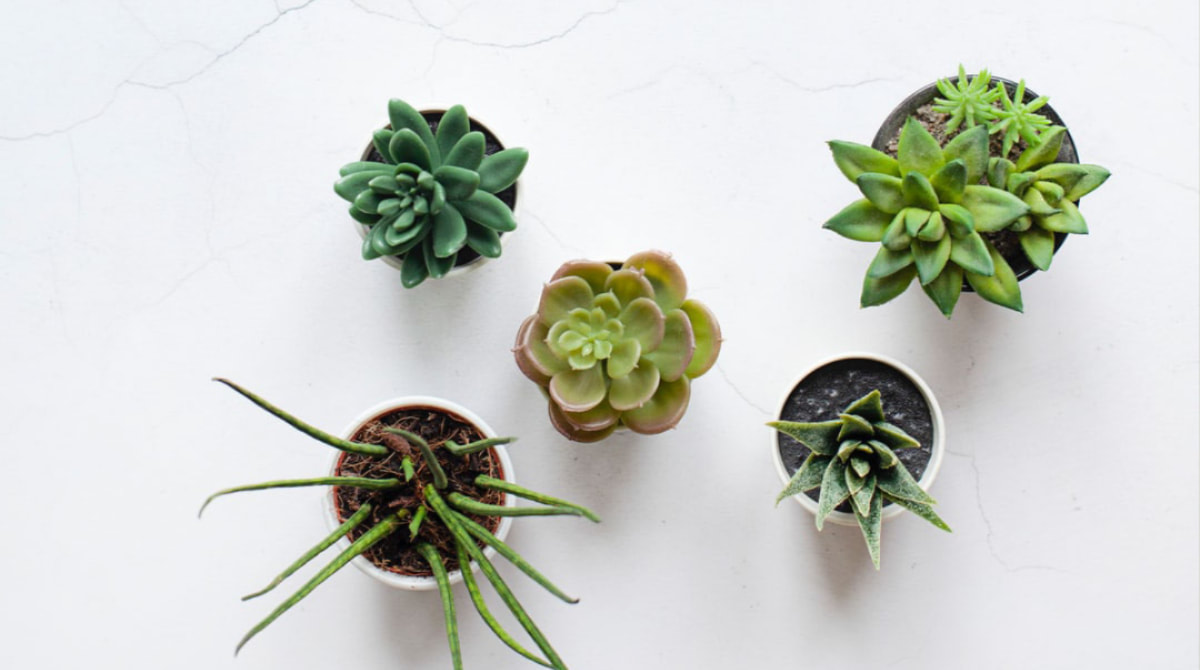|
The Safety Concerns of Decaf Coffee
In the recent article titled "Activist Groups Challenge Safety of Decaf Coffee," environmental health advocacy groups have raised significant concerns about the use of methylene chloride in the decaffeination process of coffee. Methylene chloride is a solvent linked to cancer risks, but it is still permitted in decaffeinated coffee production under current FDA regulations, as long as the residue levels do not exceed 10 parts per million. We already know that methylene chloride exposure at high doses can be deadly. I was quoted in the article discussing the lesser-known risks of methylene chloride, noting that the EPA banned its use in certain applications like paint stripping due to its high toxicity and associated fatalities from exposure. This raises further questions about its safety in food products, although these are at low doses. The article highlights the findings from laboratory animal studies suggesting that chronic exposure to methylene chloride could potentially lead to cancer. Despite these findings, the coffee industry maintains that decaffeinated coffee produced using methylene chloride is safe, citing that the levels found in coffee are significantly below the FDA's safety threshold. Still, using this chemical in decaffeination can be avoided. There are safer and effective methods such as the Swiss water process or the CO2 process, which do not involve methylene chloride. Choosing these methods can help reduce potential low-level exposure in consumers, and can also help protect workers in the coffee industry. In conclusion, while the coffee industry assures the safety of methylene chloride in decaffeinated coffee, environmental health groups and some experts in the field advocate for caution and recommend choosing decaffeination methods that do not use this chemical. This issue not only affects consumers but also poses a risk to workers in the coffee production industry who may be exposed to higher levels of this toxic chemical.
0 Comments
Our study looked at how different factors affect the quality of life related to health among adults in Puerto Rico in 2019. Puerto Rico, a territory of the United States, faces many problems like poverty, a weak healthcare system, poor infrastructure, financial crisis, and the risk of natural disasters exacerbated by climate change. These issues impact the health and well-being of its people, but there hasn't been much research on this. We used data from a large survey (4,944 adults) to understand how factors like age, income, and health conditions are linked to health-related quality of life, a standardized metric used by the Centers for Disease Control and Prevention. Not surprisingly, the data showed that having chronic health conditions, being older, and having a lower income were all linked to worse health-related quality of life. Specifically, as people had more chronic health conditions, they reported worse overall health, more physical and mental health problems, and more limitations in their daily activities. Interestingly, while older age was generally linked to poorer health-related quality of life, younger people reported more mental health issues. The study's findings are concerning because they show that the health-related quality of life in Puerto Rico hasn't improved since the last time it was measured. The situation might be getting worse due to the decline in healthcare services following natural disasters and the national economic crisis. The research suggests that there should be specific programs and continuous monitoring to help those who are most at risk, like people with chronic and mental health conditions, the elderly, and those with low income, to improve health equality in Puerto Rico. Citation: Frontera-Escudero, I., Bartolomei, J.A., Rodríguez-Putnam, A. Claudio, L. Sociodemographic and health risk factors associated with health-related quality of life among adults living in Puerto Rico in 2019: a cross-sectional study. BMC Public Health 23, 2150 (2023). https://doi.org/10.1186/s12889-023-17115-3
Residents have long blamed the smoke stacks for high asthma rates, but fresh air may be coming. Gov. Kathy Hochul unveiled three offshore wind and 22 land-based renewable energy projects to power 2.6 million New York homes. Clean energy conversion at Ravenswood Generating Station is one of them. The Queens area is called “asthma alley.” Queensbridge has been home to Noel Merritt since the 1970s. He blames plant particles for his asthma. “There was a thick acrid smell that was constantly bombarding us,” Merritt told News 12 New York. “The teacher opened the windows in school. He recalled that she closed the windows when she heard three long horns, so we couldn't go to recess, but when she heard three small horns, she opened them. According to Public Health Solutions, Ravenswood and Queensbridge have 235.4 asthma-related hospitalizations per 10,000 children ages 5 to 17, compared to 115.4 in Astoria and 76.8 in Hunter's Point, Sunnyside, and Maspeth. Mount Sinai environmental medicine expert Dr. Luz Claudio calls this environmental injustice. This is what many NYC communities with higher asthma prevalence have in common. Environmental injustice stems from low-income neighborhoods, marginalized populations being burdened with facilities that generate pollutants, especially air pollution. This applies to several electricity plants, Claudio added. But there is currently an opportunity to reduce this burden, she said. One company greening this fossil fuel facility is Rise Light and Power. In a statement to News 12, it said: "Attentive Energy One appreciates Governor Hochul and NYSERDA President and CEO Doreen Harris for their work in implementing New York's nation-leading Climate Act. The 1.4 GW project will alter the City and State, incorporating environmental justice community input and ensuring a just transition for union workers. Attentive Energy One will retire and replace fossil fuel generation at Ravenswood Generating Station, New York City's largest power plant, with offshore wind, reducing emissions and retraining vital workers for the green economy. Attentive Energy One builds support, incorporates feedback, and meets statewide community requirements throughout project development. We appreciate the faith and support of so many partners and look forward to delivering this project for New Yorkers." This state award will only eliminate one of Ravenswood's three smokestacks; future contracts will remove the rest. Everyone, even Merritt, agrees it's a good start. He remarked, “As far as the Queensbridge community is concerned, I honestly feel my contribution standing out against these smokestacks will benefit future residents years, years after I'm gone.” Gov. Hochul claims this clean energy initiative will create jobs. Local organizations are fighting to give Ravenswood jobs to NYCHA members who have been affected by the facility. You can view the newscast here: In the News: Air Pollution Linked to Increased Risk of Autoimmune DiseasesAir contaminated by traffic fumes, dust, soot, and smoke may make you more likely to develop rheumatoid arthritis and other autoimmune conditions, a new study suggests.
By Lisa Rapaport March 17, 2022 Car exhaust and other airborne contaminants have long been connected to heart and lung ailments, as well as rheumatoid arthritis, an immune system disorder that causes chronic swelling and joint pain. Our own studies have shown the relationship with indicators of cognitive deficiencies in children. In a study I reviewed, researchers from the University of Verona, Italy, reviewed medical records of over 81,000 elderly Italians treated by over 3,500 clinicians. They looked at the association between particulate of less than 2.5 micrometers in diameter that can come from burning gasoline, oil, and wood. Particulate matter (PM) is also a term used to describe dust from construction, agriculture, landfills and wildfires. They found that 12% of the patients had an autoimmune illness during the research and that pollution exposure enhanced the likelihood of this diagnosis. Each extra 10 mcg/m3 of average PM10 was related with a 7% increased risk of autoimmune illness. The study revealed that in the study area the average yearly PM2.5 and PM10 exposure levels were 16 and 25 mcg/m3, respectively. The WHO recommends 25 mcg/m3 for PM2.5 and 20 mcg/m3 for PM10. The study found that those with autoimmune illnesses had a 12-13% increased chance of being diagnosed with these diseases if they were exposed to levels higher than the WHO's guidelines. The study shows that air pollution can contribute to autoimmune illnesses, says Luz Claudio, PhD, preventive medicine and public health professor at Mount Sinai's Icahn School of Medicine. In addition to the lungs, Dr. Claudio adds air pollution affects numerous other organs as well. People can't escape filthy air, but they can lobby for stronger environmental standards, Claudio adds. They can also urge for greater monitoring of local air quality. “Having a strong surveillance system in high pollution locations is quite important, especially for vulnerable individuals,” Claudio explains. “On polluted days, individuals should avoid outdoor activities.” In a new study we published this week in The Journal of Clinical Investigation, our multidisciplinary team of computer scientists, physicians, and epidemiologists at the Icahn School of Medicine at Mount Sinai developed a novel machine-learning algorithm. We used this new machine learning method to identify previously unknown mixtures of toxic air pollutants that appear to be linked to poor asthma outcomes in children.
The issue we addressed with this investigation was that most studies assess the toxicity of pollutants one at a time. But in the real world, people are exposed to mixtures of pollutants that cause different health effects. Gaurav Pandey, PhD, Assistant Professor of Genetics and Genomic Sciences and a senior author of the study, said: "Traditionally, for technical reasons, it has been difficult to study the health effects of more than one toxic at a time. We overcame this by tapping into the power of machine learning algorithms." To do this, we examined early exposure to dozens of pollutants to which 151 children with mild to severe asthma were potentially exposed early in their lives, as measured by the Environmental Protection Agency's National Air Toxics Assessment resource. We developed and applied a novel algorithm, named "Data-driven ExposurE Profile (DEEP) Extraction, to determine the possible ways that each pollutant, alone or in combination with others, could explain asthma outcomes in the children. The algorithm development was led by Yan-Chak Li, MPhil, a bioinformatician, and Hsiao-Hsien Leon Hsu, ScD, Assistant Professor of Environmental Medicine and Public Health. We found that some disease cases could be linked to an individual chemical. One example of an individual chemical showing an effect was the ammonia-scented waterproofing agent trimethylamine, which raised the chances that a child with asthma would spend a night in the hospital. Other pollutants could act alone or in mixtures. One example was acrylic acid, a chemical used in plastics, coatings, medical products, and detergents. Exposure to acrylic acid raised the chances that a child would need daily medication. Exposure to acrylic acid combined with other chemicals further increased this possibility, and in addition, it boosted the chances of emergency room visits and overnight hospitalizations among the asthmatic children who participated in the study. (See illustration) In all, 34 individual chemicals were found to be linked to poor asthma outcomes. Importantly, some asthma cases appeared to be linked to mixtures of pollutants that had never been associated with asthma. "As a physician who treats children with asthma, I was struck by how many potential air toxics are not on our radar," said Supinda Bunyavanich, MD, MPH, MPhil, Professor of Pediatrics, and Genetics and Genomic Sciences, and a senior author of the study. "These results changed my view of the heightened risk some children face." "Our study is an example of how machine learning has the potential to alter medical research," said Dr. Pandey. "It is allowing us to understand how a wide variety of environmental factors—or the exposome—influences our health. In the future, we plan to use DEEP and other computer science techniques to tackle environmental factors associated with other complex disorders." This work was supported by the Department of Genetics and Genomic Sciences at Mount Sinai, Scientific Computing at Icahn Mount Sinai, and the National Institutes of Health (AI118833, HG011407, HL147328, OD023337, and ES023515). Article Citation: Li, Y.C., Hsu, H.H.L., Chun Y, Chiu PH, Arditi Z, Claudio L, Pandey G, Bunyavanich S. Machine learning-driven identification of early-life air toxic combinations associated with childhood asthma outcomes. Journal of Clinical Investigation, October 5, 2021, DOI: 10.1172/JCI152088 Juan A. Ortega-Garcia, Manuel Ruiz-Marin, Alberto Carceles-Alvarez, Ferran Campillo i Lopez, Luz Claudio. Environmental Research 189 (2020) 109957.
At one point during the global novel coronavirus pandemic, Spain was the epicenter of infection. Yet, not all regions of the country had the same rates of hospital emergency visits during this time. The region of Murcia flattened the curve quickly while other regions of the country had overwhelmed hospital capacity. This was attributed to a robust, community-based, social media campaign promoting tele-medicine and social distancing within health care centers. In this rapid communication, we describe the actions taken in Murcia that may have contributed to a more favorable outcome as compared to other regions. One important action was the coalition of activists, community leaders, physicians and researchers working as amplifiers of an educational campaign using a variety of social media and outreach strategies. In these infographics and accompanying article, we gathered information from primary and secondary sources to summarize the effects of the COVID-19 pandemic and quarantine on different aspects of the environment. We found that mother nature earned some points, but lost on others. For example, here in New York, Columbia University measured a 50% reduction in carbon monoxide emissions. But, medical waste quadrupled due to the increased use of disposable PPE and other contaminated biomedical solid waste.
In the article, I was cited as follows: "One of the things that we can learn from the pandemic’s effects on the environment is that we CAN actually have an impact if there were a global effort to do so. It is inspiring how in cities that had extreme levels of air pollution, from Los Angeles to New Delhi, people are seeing the difference that cleaner air can make to quality of life if we could reduce the number of cars and emissions from polluting industries. Another lesson will be the realization of how productive many workers can be while working from home when they are given the proper tools. Many companies will see the value of having at least some workers work from home, reducing the need for commuting and also reducing the office space needed to conduct business." See the full article with the beautiful interactive infographics and the list of sources including other scientists and business leaders who contributed Here. ABSTRACT
Aims In current clinical practice, prenatal alcohol exposure is usually assessed by interviewing the pregnant woman. An alternative method for detecting alcohol use is to measure the biomarker carbohydrate-deficient transferrin (CDT). However, few studies measure CDT during pregnancy. This study examines the utility of CDT biomarker in the screening of alcohol exposure during early pregnancy. Methods A cohort of 91, first-trimester pregnant women assigned to a public reference maternity hospital, was screened using the Green Page (GP) questionnaire, an environmental exposure tool. CDT levels and other biomarkers of alcohol use were measured and compared with questionnaire data. Results About 70% of the mothers in the study consumed alcohol during early pregnancy and 22% met high-risk criteria for prenatal exposure to alcohol. CDT measurement showed a statistically significant area under the receiver operating characteristic curve with a value of 0.70. For a value of 0.95% of CDT, a specificity of 93% was observed. The most significant predictors of CDT were the number of binge drinking episodes, women’s body mass index and European white race. Conclusion Pregnant women with a CDT value >0.95% would be good candidates for the performance of the GP questionnaire during early pregnancy in order to detect potential high-risk pregnancy due to alcohol exposure. Mothers who use beauty products containing chemicals known as parabens during pregnancy may be more likely to have overweight daughters, a small study suggests.
Babies tended to be heavier at birth, and more likely to become overweight by age 8, when mothers used makeup, lotions and other common beauty products containing parabens while pregnant, the study found. One of these chemicals, butylparaben, was associated with excess weight only in girls. Even so, it makes sense for pregnant women to check product labels and steer clear of beauty items containing parabens, said Luz Claudio, an environmental health researcher at the Icahn School of Medicine in New York City who wasn’t involved in the study. “The significance of this finding cannot be underestimated because girls and women typically used more personal care products and cosmetics containing parabens than do boys and men,” Claudio said. “Thus, this effect of early exposure to parabens in females could potentially continue to increase as they grow and use even more of these products, potentially affecting the next generation of girls.” Read the full article at: Reuters, WebMD, Medscape Read the original research paper from Nature By Melaina Juntti for Yahoo!Along with greening up our living rooms and workspaces, houseplants have been shown to elevate mood, sharpen mental focus, and even boost productivity. Plants are also hyped as being all-natural indoor air purifiers, cleaning the air and sucking up airborne toxins that make us sneeze, wheeze, and develop cancer — well, that’s what an infamous 1989 NASA study led us to believe, anyway.
The reality: Potted plants don’t work like living HVAC devices, neutralizing nasty chemicals to help us breathe easy. It would be awesome if that were true, but experts today say it’s simply a myth. Despite what old research implied, houseplants have very little if any impact on indoor air quality. According to Luz Claudio, Ph.D., an environmental medicine and public health scientist at the Icahn School of Medicine at Mount Sinai, common houseplants can indeed draw certain VOCs out of the air — but the degree to which they do so is negligible. “The amount that houseplants may reduce chemicals in a real-world environment is likely not enough to have a noticeable impact on human health,” she says. |
This section will not be visible in live published website. Below are your current settings: Current Number Of Columns are = 1 Expand Posts Area = 1 Gap/Space Between Posts = 8px Blog Post Style = card Use of custom card colors instead of default colors = 1 Blog Post Card Background Color = current color Blog Post Card Shadow Color = current color Blog Post Card Border Color = current color Publish the website and visit your blog page to see the results AuthorDr. Luz Claudio is an environmental health scientist, mother and consultant, originally from Puerto Rico. She is a tenured professor of environmental medicine and public health. Luz recently published her first book: How to Write and Publish a Scientific Paper: The Step-by-Step Guide. Dr. Claudio has internship programs and resources for young scientists. Opinions expressed in this blog are solely her own and may not reflect her employer's views. Categories
All
|
|
Dr. Luz Claudio
[email protected] |
|
Opinions expressed in this website are solely Dr. Luz Claudio's own and may not reflect her employer's views. None of the information on this website should be taken as medical advice.
© COPYRIGHT 2018. ALL RIGHTS RESERVED.


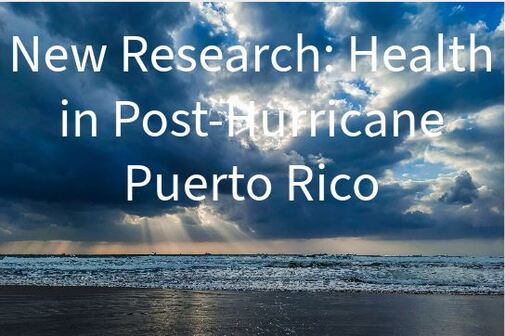


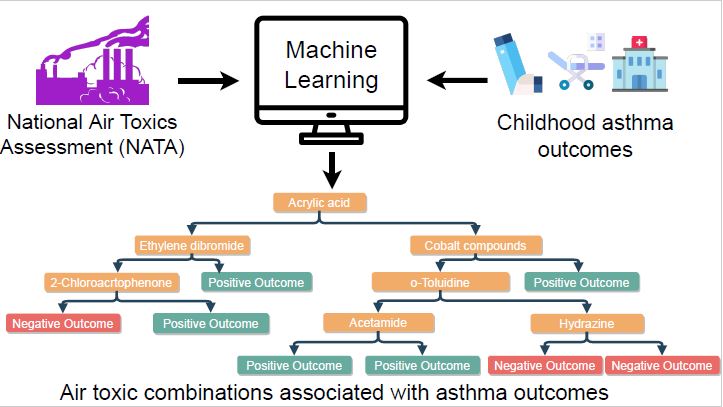
 RSS Feed
RSS Feed 